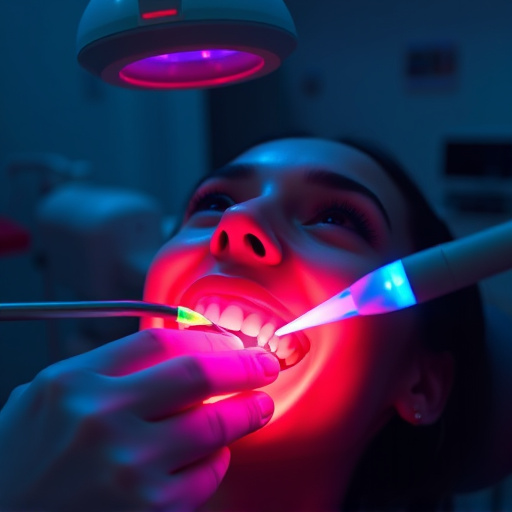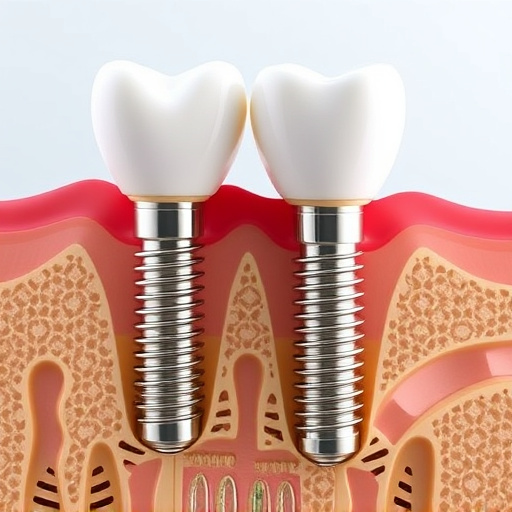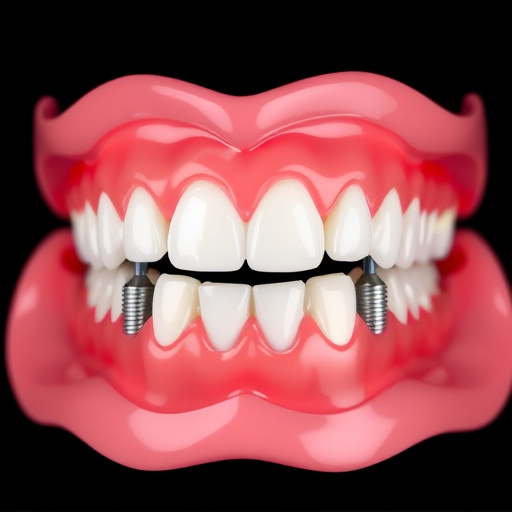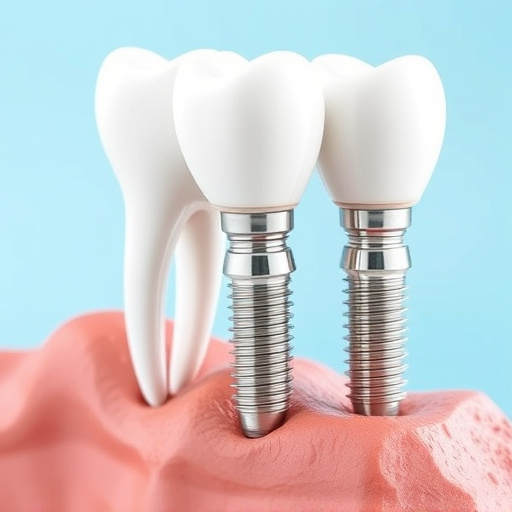Understanding Orthodontic Treatment: Modern dentistry offers diverse solutions from metal braces to clear aligner trays like Invisalign, with eligibility criteria considering age, oral health, and alignment severity. The process begins with a consultation, imaging, and potential wisdom tooth removal, followed by bracket and wire attachment for teeth straightening. Regular check-ups are crucial throughout the treatment period, which can last from months to years. Choosing an experienced orthodontist with advanced treatment options and proven results is key; consider recommendations, online reviews, and expertise in specific dental concerns like dental crowns.
“Considering orthodontic treatment options? You’re not alone. Straightening your teeth has never been easier or more accessible. This comprehensive guide will help you navigate the world of orthodontics, from understanding different treatment types and their eligibility criteria to what to expect during the process.
We’ll also provide valuable tips on choosing the right orthodontist, ensuring you receive the best possible care. Discover how to transform your smile with these modern orthodontic treatment options.”
- Understanding Orthodontic Treatment: Types and Eligibility
- The Process of Getting Orthodontic Treatment: What to Expect
- Choosing the Right Orthodontist: Tips for Selecting Your Care Provider
Understanding Orthodontic Treatment: Types and Eligibility

Understanding Orthodontic Treatment: Types and Eligibility
Orthodontic treatment options have evolved significantly over time, offering more effective and aesthetically pleasing solutions for aligning teeth and jaws. The first step in exploring these treatments is to understand the various types available, each catering to different needs and goals. General dentistry practices often include orthodontic services as part of their comprehensive care, addressing issues ranging from mild misalignments to complex bite problems. Common options include traditional metal braces, clear aligner trays (such as Invisalign), and even dental implants for more severe cases.
Eligibility for orthodontic treatment depends on several factors, including age, oral health, and the severity of the alignment issue. Children’s dentistry often begins with initial screenings at around 7 years old to identify potential problems early. However, adults can also benefit from these treatments, aiming not only for improved bite function but also for enhanced smile aesthetics. During an assessment, a qualified dentist or orthodontist will consider factors like jaw growth, the alignment of teeth, and overall oral health to determine the best course of action for each individual.
The Process of Getting Orthodontic Treatment: What to Expect

Getting orthodontic treatment involves several steps, from the initial consultation to the final adjustments. It begins with an oral exam and x-rays to assess your teeth and jaw alignment. During this process, your orthodontist will discuss suitable orthodontic treatment options tailored to your needs, which could include braces, clear aligner trays, or other appliances.
After deciding on a plan, the treatment itself progresses in stages. For instance, if wisdom tooth removal is part of the process, it’s often done first as these teeth can cause issues with alignment. Once your mouth is ready, brackets and wires may be attached to guide your teeth into their proper positions. Regular check-ups and adjustments are crucial throughout the treatment period, which can last anywhere from a few months to several years. Additionally, emergency dental care services should be considered for any unexpected issues that may arise between appointments.
Choosing the Right Orthodontist: Tips for Selecting Your Care Provider
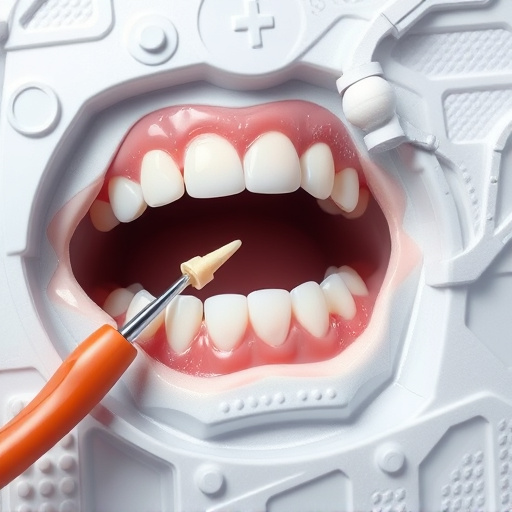
Choosing the right orthodontist is a crucial step when considering orthodontic treatment options. Look for a qualified professional with extensive experience and a proven track record in providing comprehensive dental care. Ask for recommendations from friends, family, or your general dentistry practitioner who might have had positive experiences with specific orthodontists. Online reviews can also offer valuable insights into the doctor’s bedside manner and their approach to patient care.
Remember to inquire about the range of orthodontic treatment options they offer beyond traditional braces. Reputable orthodontists today provide a variety of choices, including clear aligners, invisible brackets, and innovative technologies that enhance comfort and treatment efficiency. Moreover, ensure that your chosen provider is well-versed in addressing specific dental concerns, such as correcting bite issues, aligning misaligned teeth, or even discussing options for dental crowns if needed during the treatment process.
Starting your journey towards a straighter, healthier smile is easier than you think. By understanding the various types of orthodontic treatments available and finding the right specialist, you can embark on a successful path to improved oral health. This guide has provided insights into the process and essential considerations for selecting an orthodontist, empowering you to make informed decisions. Now, with this knowledge, it’s time to take the next step and explore the diverse orthodontic treatment options tailored to your needs.








